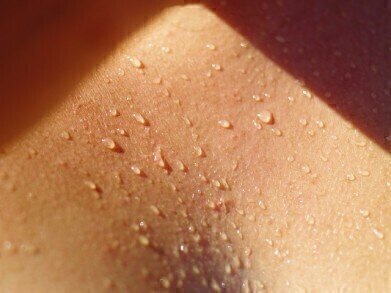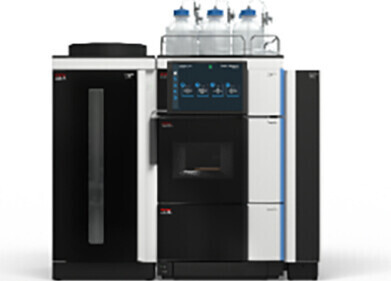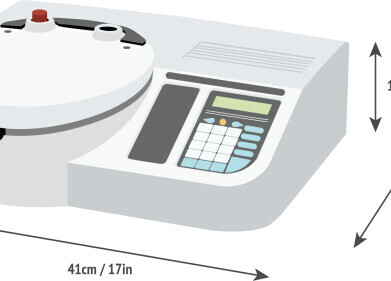Chromatography
What’s Normal When It Comes to Sweat?
Jun 29 2017
On average, the human body has around two to four million sweat glands. While perspiration can be embarrassing, it’s also an important bodily function. Of course, some people seem to sweat more than others. So what’s normal?
The science of sweat
When it comes to the science of sweat, it all comes down to the body’s efforts to cool itself down. Sweating sees the body release a salty liquid from the sweat glands, which is designed to evaporate and create a cooling effect.
The process is regulated by the autonomic nervous system, which uses the neurotransmitter acetylcholine to send signals to the sweat glands. Ducts then release sweat to the surface of the skin, which should technically evaporate and act as a natural air conditioner.
Interestingly, the number of sweat glands in the body doesn’t change as the body ages. Dr. Eugene Bauer, chief medical officer at Dermira explains, "From baby to adult, the number of sweat glands does not change. Therefore, babies have the highest number of sweat glands per square inch, i.e. 8 to 10-fold higher than adults.”
Stink and stains
When it originally seeps through the glands, sweat is odourless and colourless. However, when sweat is mixed with bacteria on the skin it breeds body odour. The apocrine sweat glands can also cause trouble, with proteins and fatty acids giving sweat that dreaded yellowish look.
While some people seem to always be sweating, others stay bone dry. According to the experts, this kind of fluctuation isn’t unusual.
"The normal range for sweating is very wide," assures Dr. Robert Sallis, co-director of the sports medicine fellowship at Kaiser Permanente Fontana Medical Center. "Some people might only sweat half a litre during an hour of intensive activity, while some might sweat 3 or 4 litres, and both are still within a normal range."
Size matters
One of the biggest sweat influencers is a person’s size and gender, which play a role in how and where they sweat. Fitness can also affect patterns, with overweight people usually sweating in central areas like the chest and back. In comparison, fit bodies tend to distribute sweat evenly. Women typically sweat less than men, which is usually because they have fewer sweat glands and less muscle mass.
Of course, there are some exceptions to the rule. Lack of sweat can be a tell-tale sign of heatstroke, which can hit after prolonged exposure to high temperatures. Nerve damage can hinder the body’s ability to sweat, with skin diseases like psoriasis or heat rash also interfering. Over sweating can also be an issue, with menopause a common complaint. Stimulants like spicy food and nervousness can trigger sweating via the sympathetic nervous system, while hyperhidrosis describes the condition of overactive sweat glands.
The billion dollar sweat market
Thanks to sweat glands, the antiperspirant market is saturated with choice. Some brands rely heavily on consumer grade chemicals, which means analytical labs are under constant pressure to perform. ‘A Closer Look at Chemical and Solvent Demands for LC-MS Applications’ offers a glimpse at the latest technology from Honeywell, and how it’s fast becoming a routine apparatus in modern analytical laboratories.
Digital Edition
Lab Asia Dec 2025
December 2025
Chromatography Articles- Cutting-edge sample preparation tools help laboratories to stay ahead of the curveMass Spectrometry & Spectroscopy Articles- Unlocking the complexity of metabolomics: Pushi...
View all digital editions
Events
Jan 21 2026 Tokyo, Japan
Jan 28 2026 Tokyo, Japan
Jan 29 2026 New Delhi, India
Feb 07 2026 Boston, MA, USA
Asia Pharma Expo/Asia Lab Expo
Feb 12 2026 Dhaka, Bangladesh



















